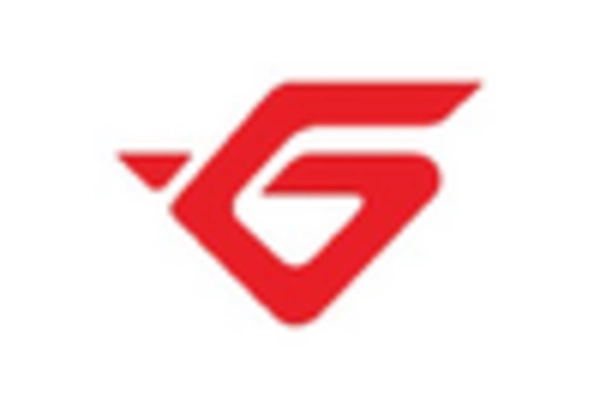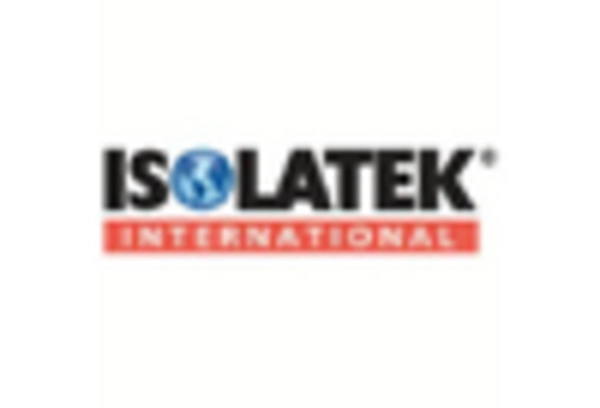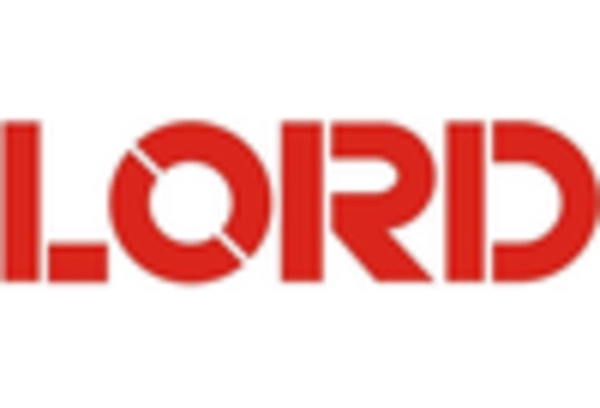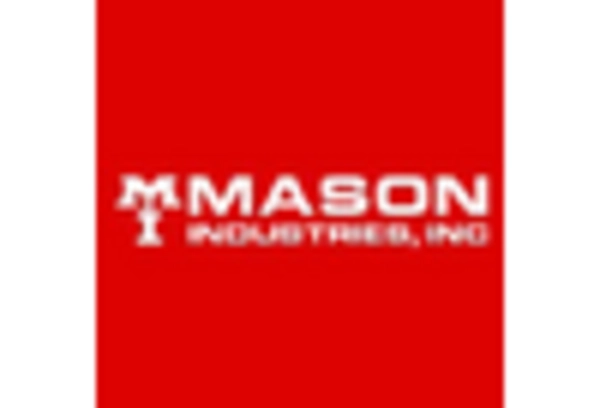Increased Focus on Equipment Protection
The Vibration Isolation System Market is also being driven by an increased focus on equipment protection across various sectors. Industries such as manufacturing, healthcare, and telecommunications are recognizing the importance of safeguarding sensitive equipment from vibrations that can lead to operational inefficiencies and costly damages. For example, precision instruments in laboratories and data centers require stable environments to function optimally. As a result, the market for vibration isolation systems is projected to expand, with a notable increase in demand for customized solutions tailored to specific equipment needs. This trend is indicative of a broader awareness of the financial implications associated with equipment failure due to inadequate vibration control.
Rising Awareness of Environmental Impact
The Vibration Isolation System Market is witnessing a growing awareness of environmental impacts associated with vibrations and noise pollution. As regulations become more stringent regarding environmental protection, industries are compelled to adopt vibration isolation systems to mitigate their ecological footprint. This shift is particularly evident in sectors such as construction and transportation, where vibrations can adversely affect surrounding communities and ecosystems. The market is likely to see an increase in demand for eco-friendly vibration isolation solutions that not only comply with regulations but also promote sustainability. This trend suggests a potential for innovation in materials and technologies that align with environmental goals.
Urbanization and Infrastructure Development
The ongoing trend of urbanization and infrastructure development is a key driver for the Vibration Isolation System Market. As cities expand and new construction projects emerge, the need for effective vibration control systems becomes increasingly critical. High-rise buildings, bridges, and transportation systems are particularly susceptible to vibrations, necessitating the implementation of advanced isolation solutions. The construction sector is expected to witness a significant increase in investment, with estimates suggesting a rise of over 10% in infrastructure spending in the coming years. This investment is likely to bolster the demand for vibration isolation systems, as stakeholders seek to ensure structural integrity and occupant comfort in urban environments.
Expansion of the Aerospace and Defense Sector
The expansion of the aerospace and defense sector is significantly influencing the Vibration Isolation System Market. As global defense budgets increase and commercial aviation continues to grow, the demand for advanced vibration isolation systems is expected to rise. These systems are crucial for ensuring the reliability and safety of aircraft and defense equipment, where vibrations can compromise performance. Recent projections indicate that the aerospace sector alone could see a growth rate of around 7% annually, further driving the need for effective vibration control solutions. This expansion presents opportunities for manufacturers to develop specialized products that meet the stringent requirements of the aerospace and defense industries.
Technological Advancements in Vibration Isolation Systems
The Vibration Isolation System Market is experiencing a surge in technological advancements, which are enhancing the performance and efficiency of these systems. Innovations such as active vibration control and advanced materials are being integrated into new designs, allowing for better isolation of vibrations across various applications. For instance, the introduction of smart materials that respond dynamically to vibrations is revolutionizing the industry. According to recent data, the market for vibration isolation systems is projected to grow at a compound annual growth rate of approximately 6.5% over the next five years, driven by these technological improvements. This growth indicates a strong demand for more sophisticated solutions that can cater to the needs of diverse sectors, including manufacturing, aerospace, and construction.


















Leave a Comment